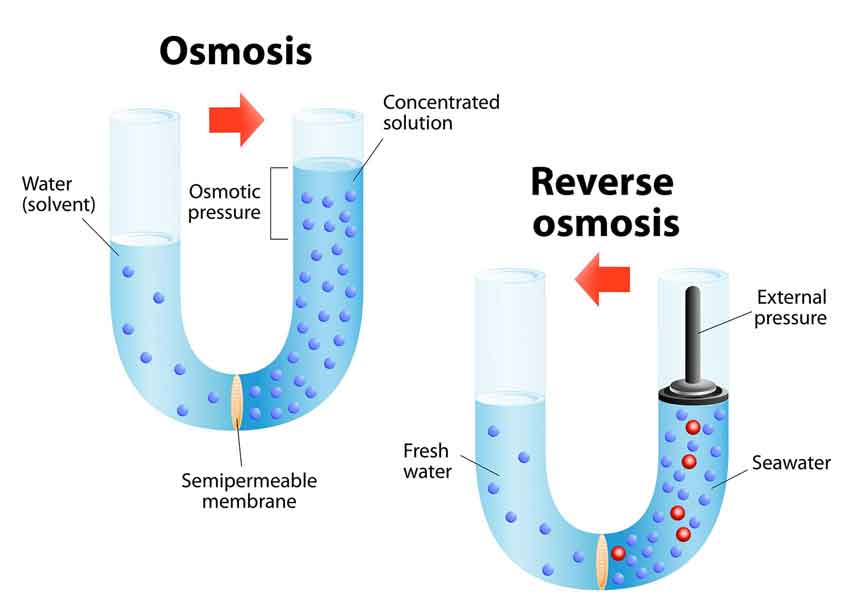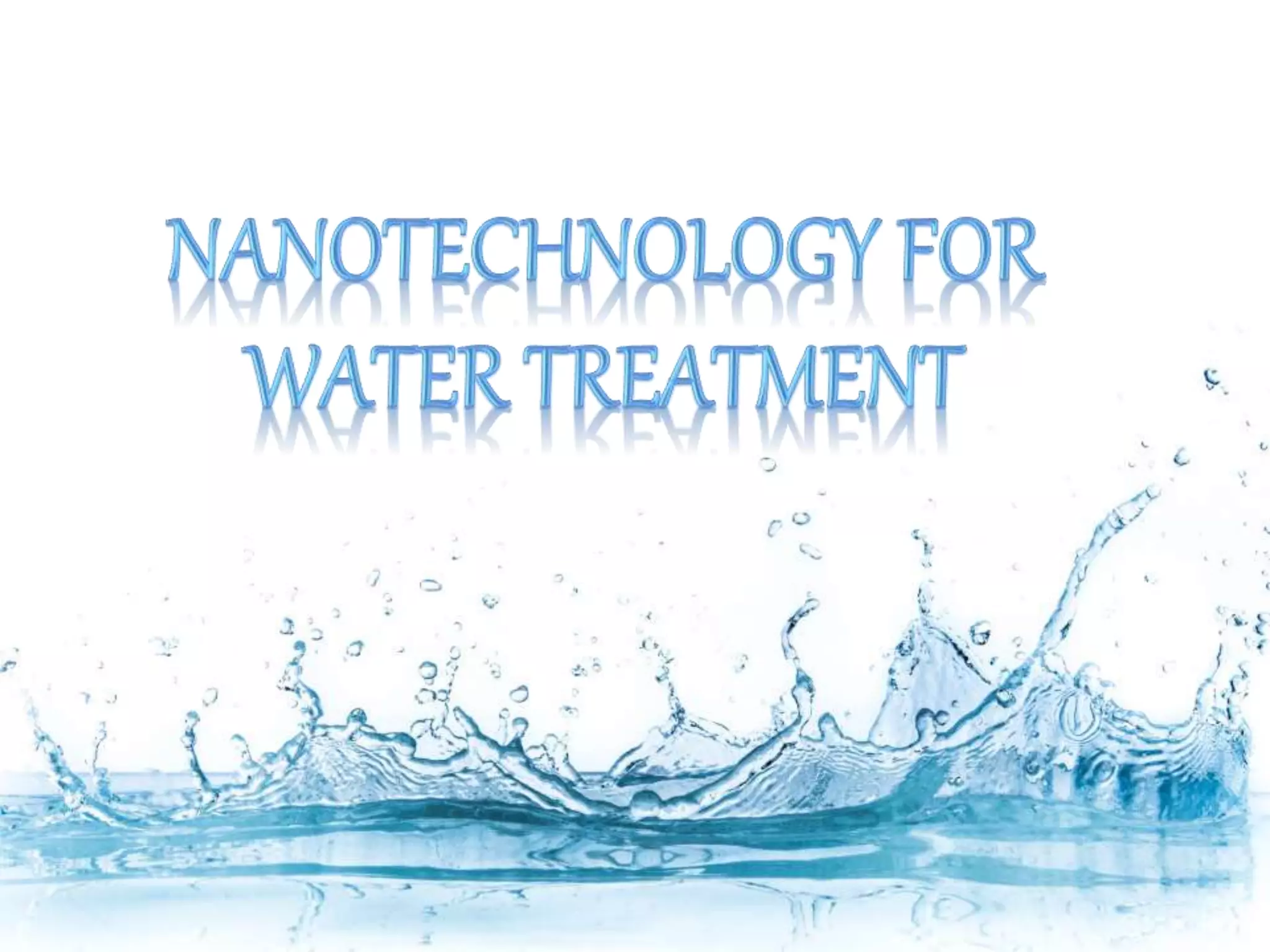The Role of Activated Carbon in Water Filtration

Introduction
What is activated carbon?
Activated carbon, also known as activated charcoal, is a porous material with a high surface area, making it an excellent adsorbent. It is produced by heating carbon-rich materials like wood, peat, coconut shells, or sawdust at high temperatures in the absence of oxygen, which creates a network of tiny pores and increases its surface area dramatically.
Importance of water filtration
Clean water is vital for drinking, cooking, and maintaining overall health. However, water sources often contain impurities and contaminants that can affect taste, odor, and even pose health risks. This is where activated carbon steps in as a crucial component of water filtration systems.
How Activated Carbon Works
Activated carbon functions through an adsorption process, where impurities and contaminants adhere to its porous surface. This process is highly effective due to the material’s large surface area and unique pore structure. There are two main types of activated carbon used in water filtration: granular activated carbon (GAC) and powdered activated carbon (PAC).
Adsorption process
Activated carbon’s surface area and pore structure allow it to capture a wide range of impurities, including chemicals, organic compounds, and microorganisms. It works like a sponge, drawing in and trapping contaminants, leaving the water purified.
Types of activated carbon
Granular activated carbon consists of small granules, providing efficient adsorption and a longer contact time with water. In contrast, powdered activated carbon is finely ground, offering a high surface area but requiring a shorter contact time.
Activated Carbon in Water Filtration
Surface area and pore structure
The effectiveness of activated carbon in water filtration is directly linked to its vast surface area and intricate pore structure. The greater the surface area, the more contaminants it can adsorb, ensuring cleaner water.
Removing impurities
Activated carbon excels at removing impurities such as chlorine, volatile organic compounds (VOCs), pesticides, herbicides, and unpleasant tastes and odors from water. This results in a significant improvement in water quality and taste.
Benefits of Activated Carbon Filters
Activated carbon filters offer numerous benefits in water filtration, making them a popular choice among homeowners.
Taste and odor removal
One of the most noticeable improvements is the removal of unpleasant tastes and odors, providing a refreshing and enjoyable drinking experience.
Chemical and organic removal
Activated carbon effectively reduces the presence of chemicals and organic compounds in water, promoting better health and safety.
Choosing the Right Activated Carbon Filter
When it comes to choosing an activated carbon filter, several factors should be considered, including the type of activated carbon and the flow rate.
Granular vs. powdered activated carbon
Deciding between granular and powdered activated carbon filters depends on your specific water filtration needs. GAC is ideal for whole-house systems, while PAC suits point-of-use filters.
Flow rate and contact time
Optimizing flow rate and contact time ensures maximum effectiveness, as water must have adequate time to come into contact with the activated carbon.
Maintenance and Lifespan of Activated Carbon Filters
Proper maintenance is essential to ensure the longevity and efficiency of activated carbon filters.
Regular replacement
Activated carbon filters have a limited lifespan and should be replaced regularly to maintain their effectiveness.
Extending filter life
Certain practices, like pre-filtering sediment and using pre-filters, can help extend the lifespan of activated carbon filters.
Environmental Impact
While activated carbon filters are highly effective, their disposal can raise environmental concerns.
Disposal concerns
Used activated carbon can contain trapped contaminants, making its disposal a challenge. Proper disposal methods must be followed to prevent environmental harm.
Sustainable alternatives
Research is ongoing to develop more sustainable alternatives to traditional activated carbon filters to minimize their environmental impact.
Conclusion
In conclusion, the role of activated carbon in water filtration is indispensable. Its remarkable adsorption properties make it an effective tool in removing impurities, improving taste, and ensuring the availability of clean, safe drinking water. Choosing the right filter and proper maintenance are key to maximizing its benefits while minimizing environmental impact.
FAQs
How often should I replace my activated carbon filter?
Activated carbon filters should typically be replaced every 3-6 months, but the frequency may vary depending on usage and water quality.
Can activated carbon remove heavy metals from water?
Activated carbon can effectively remove some heavy metals, such as lead and mercury, from water, but its efficiency may vary. It’s essential to check the specifications of your filter for specific removal capabilities.
Are there any health risks associated with activated carbon filters?
Activated carbon filters are generally safe to use and do not pose significant health risks. However, individuals with specific allergies or sensitivities should consult with a healthcare professional if concerned.
Can I use activated carbon for well water filtration?
Yes, activated carbon filters can be used for well water filtration. They are effective at removing many common contaminants found in well water.
What is the cost difference between granular and powdered activated carbon filters?
Granular activated carbon filters are typically more affordable upfront but may have higher long-term operating costs due to regular replacement. Powdered activated carbon filters have lower replacement costs but may be pricier initially. The choice depends on your specific needs and budget.












